
Metal Bending Services
From design and rapid prototyping to small or high volume production,
we can cater to your individual customization and on-demand manufacturing.
Parts

Our team of experienced engineers utilizes the latest metal bending technology and rigorous quality control measures to ensure that every bent metal part meets the most exacting standards.
Lead Time

Our CNC bending equipment, coupled with streamlined workflows, allows us to turn around your custom bent parts in record time.
Support

Our experts guide you through the best choices for your project, from selecting materials to choosing bending methods, making sure you get optimal results every time.
What is Metal Bending?
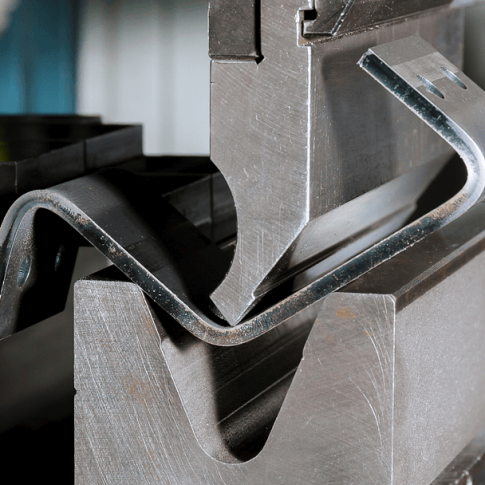
Sheet metal bending is one of the most common manufacturing processes, and bending is also known as forming, flanging, edging, folding, bending and die bending. It deforms metal into a specific Angle or shape by mechanical force. This process is essential for the manufacture of precise Angle and curve parts and is a key process for the manufacture of durable and practical precision parts in various industries.
Futai Manufacturers, we provide one-stop customized sheet metal bending services and production solutions. From design and rapid prototyping of complex parts to small or high volume production, we cater to the individual customization and on-demand manufacturing of our global customers.
Our sheet metal bending tools mainly include various types of electric and hydraulic bending machines, molds, tools and so on. Ensures highly accurate sheet metal bending, even for parts with tight tolerances.
Sheet metal CNC bending is widely used in various industries, including: automotive, aerospace, electronics, construction and medical industries can benefit from our sheet metal manufacturing.
If you need custom sheet metal bending parts for your project, or want to learn more about our ultimate sheet metal bending guide, contact the Futai manufacturer today. Our professional team can assist you from design to production and guarantee a consistently high quality product to meet your application needs.
Metal Bending Materials
Choose from a wide range of sheet metal materials including aluminum, stainless steel, and brass. Each material is chosen for its unique properties, allowing us to recommend the best match for your project’s specific needs and applications.
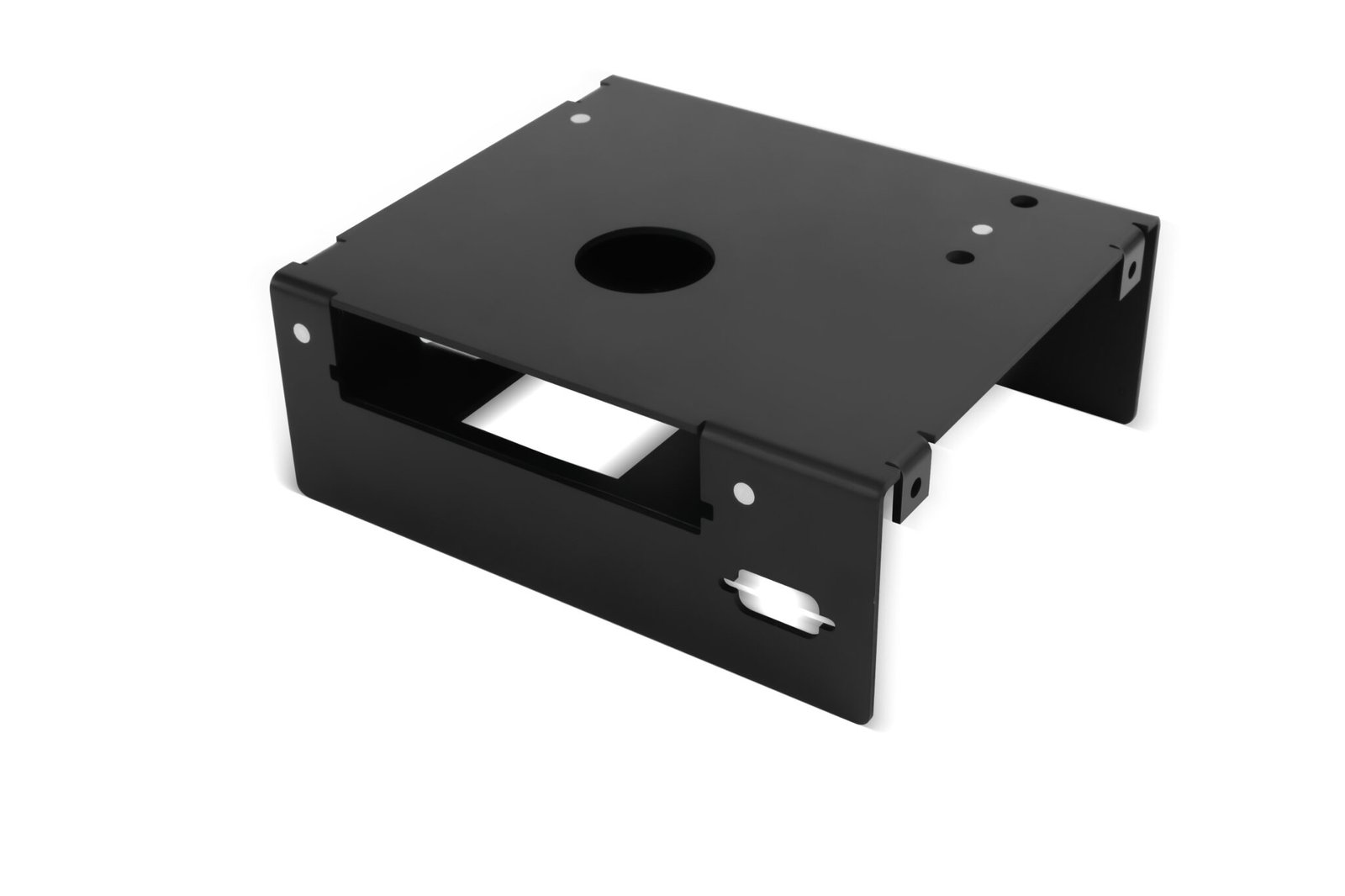 |
Lightweight and corrosion-resistant, aluminum is ideal for applications requiring high strength-to-weight ratios. It’s easily machinable and excellent for aerospace and automotive parts. Alloys Aluminum 5052 Aluminum 5083 Aluminum 6061 (It can be cut with laser cutter but not bender.) |
 |
Known for its acoustic properties, brass is highly malleable and exhibits a gold-like appearance. It is often used in decorative applications, gears, and valves. Alloys Brass C28000 Brass C36000 Note: Sheet metal process can not process more than 5MM thickness of brass. |
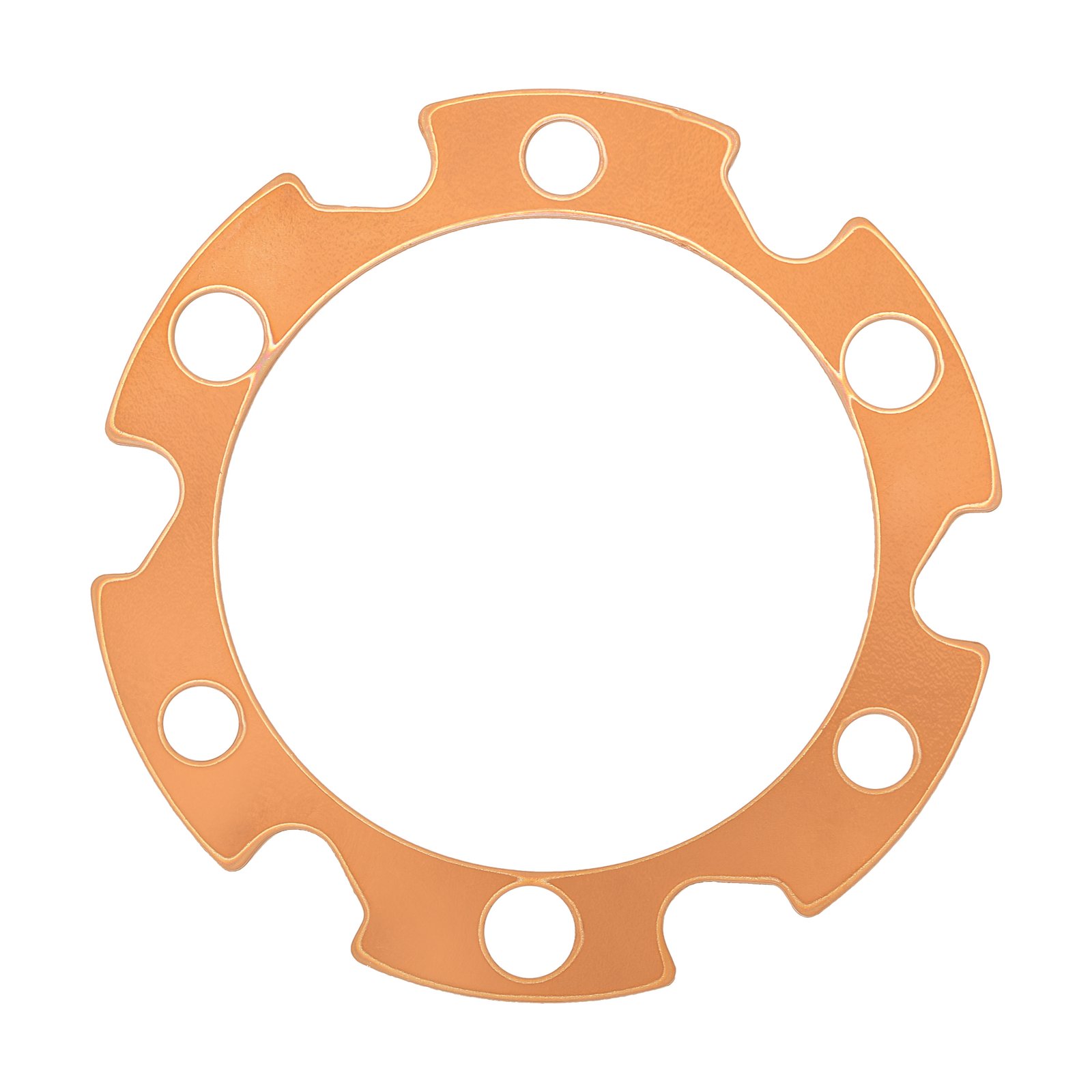 | Copper stands out for its electrical and thermal conductivity. It’s highly ductile, making it a top choice for electrical components, roofing, and plumbing. Alloys Copper C101(T2) Copper C103(T1) Copper C103(TU2) Copper C110(TU0) Note: Sheet metal process can not process more than 5MM thickness of copper. |
 |
Extremely durable and strong, steel is a staple in construction and heavy industries. It can be alloyed with various elements to enhance its properties, such as hardness and resistance to corrosion.
Alloys
SPCC
Galvanized Steel (SGCC / SECC)
Q235
Steel 1020 |
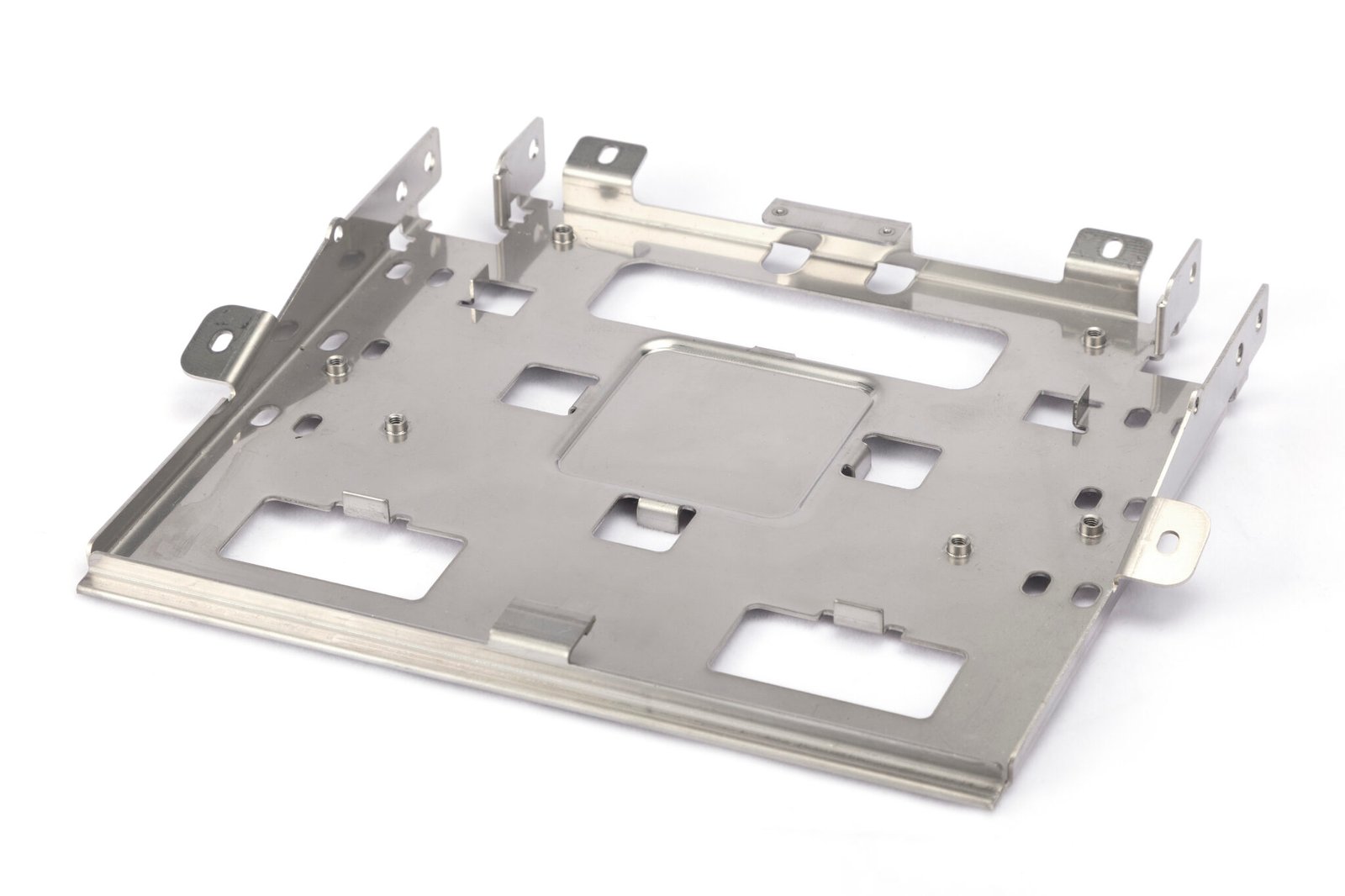 |
Stainless steel is renowned for its corrosion resistance. It is strong, easily cleaned, and maintains an attractive finish, making it suitable for medical, food processing, and marine applications.
Alloys Stainless Steel SUS 304 |
Metal Bending Surface Finish
At Futai, our surface finishes enhance the durability and appearance of bent metal components, meeting the high standards required by diverse industries.
As Machined

As machined finish leaves thesurface straight from the CNCmachine, providing a cost-effective option with toolmarks.
Anodizing

Anodizing increases corrosion resistance and wearproperties, while allowing forcolor dyeing, ideal for aluminumparts.
Polishing

Polishing achieves a high glossfinish, reducing surfaceroughness and enhancing theaesthetic appeal of metals.
Sand Blasting
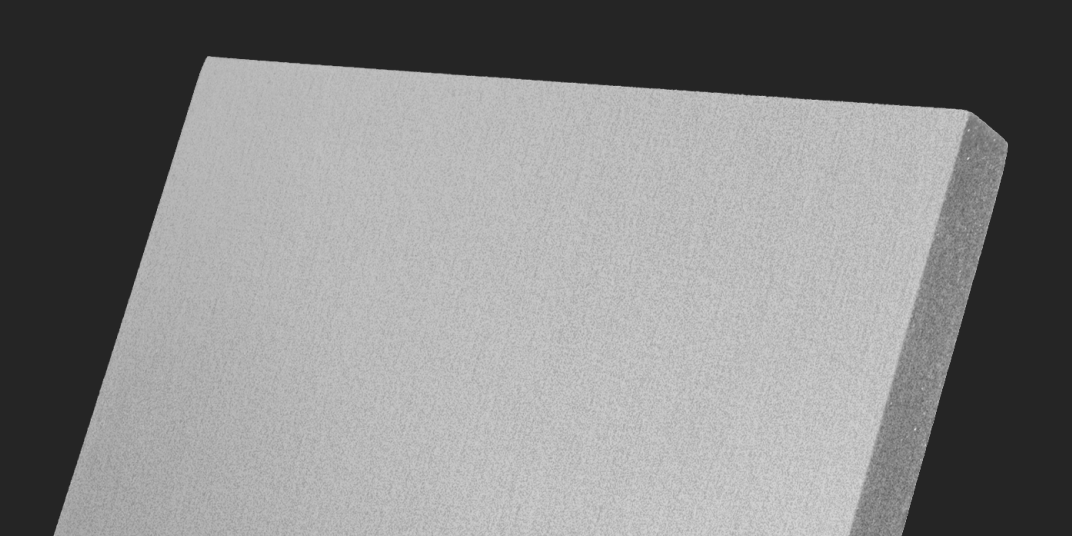
Sand blasting uses pressurizedsand or other media to cleanand texture the surface.creating a uniform,matte finish.
Tumbling

Tumbling smooths and polishes small parts by friction andabrasion in a barrel, offering aconsistent but slightly texturedfinish.
Electropolish
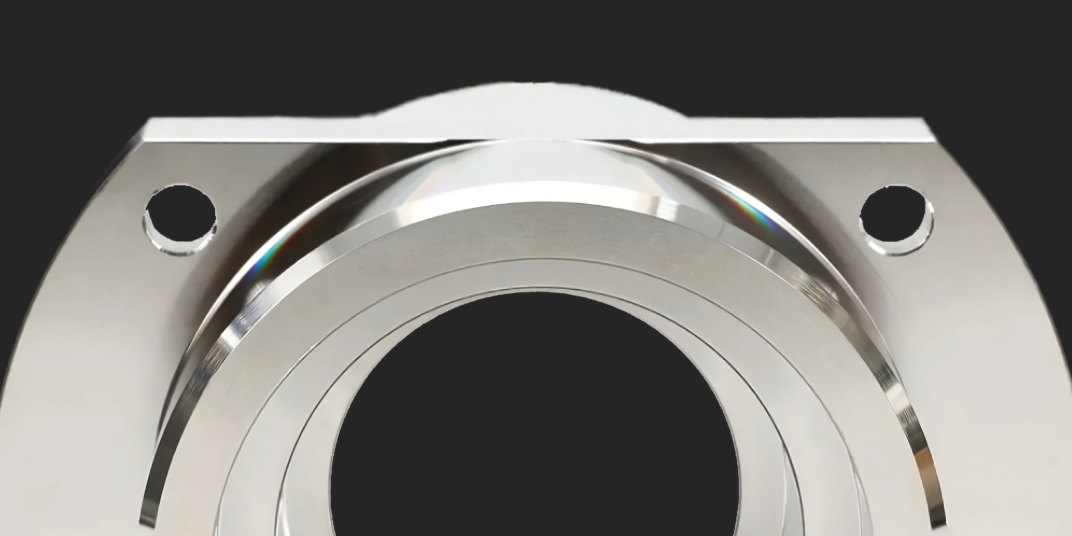
Electropolish is a chemicalprocess that smooths andbrightens surfaces whileimproving corrosion resistance.
Alodine

Alodine coating providescorrosion protection andimproves paint adhesion,mainly used on aluminumsurfaces.
Heat Treatment
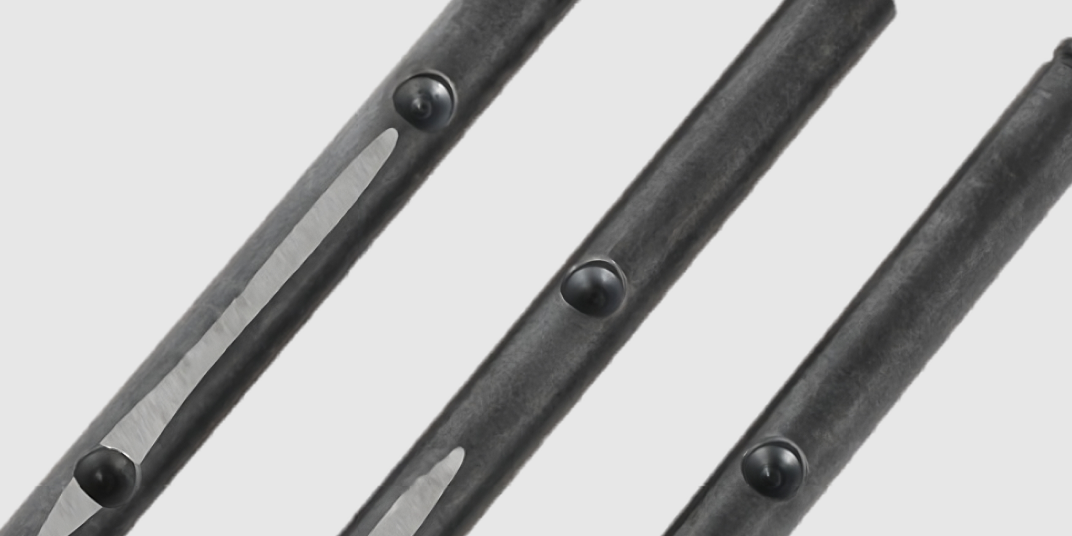
Heat treatment alters themechanical properties of metalto increase its hardness,strength, or ductility.
Brushed Finish

A brushed finish creates aunidirectional satin texture,reducing the visibility of marksand scratches on the surface.
Powder Coating

Powder coating applies a thick,wear-resistant layer withexcellent color and textureoptions, suitable for a variety ofsurfaces.
Electroplating

Electroplating bonds a thinmetal layer onto parts,improving wear resistance,corrosion resistance,andsurface conductivity.
Black Oxidize
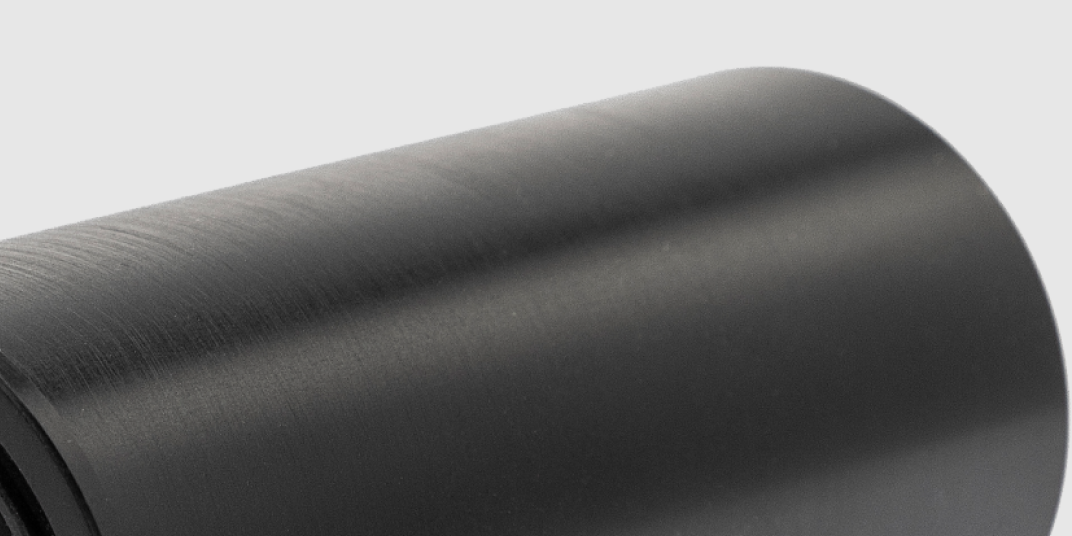
Black oxidize is a conversioncoating for ferrous metals thatimproves corrosion resistanceand minimizes light reflection.
Metal Bending Capabilities
Description
Metal Bending Forces
Up to 1000 tons
Metal Bending Forces
Up to 1000 tons
Futai Metal Bending Workshop
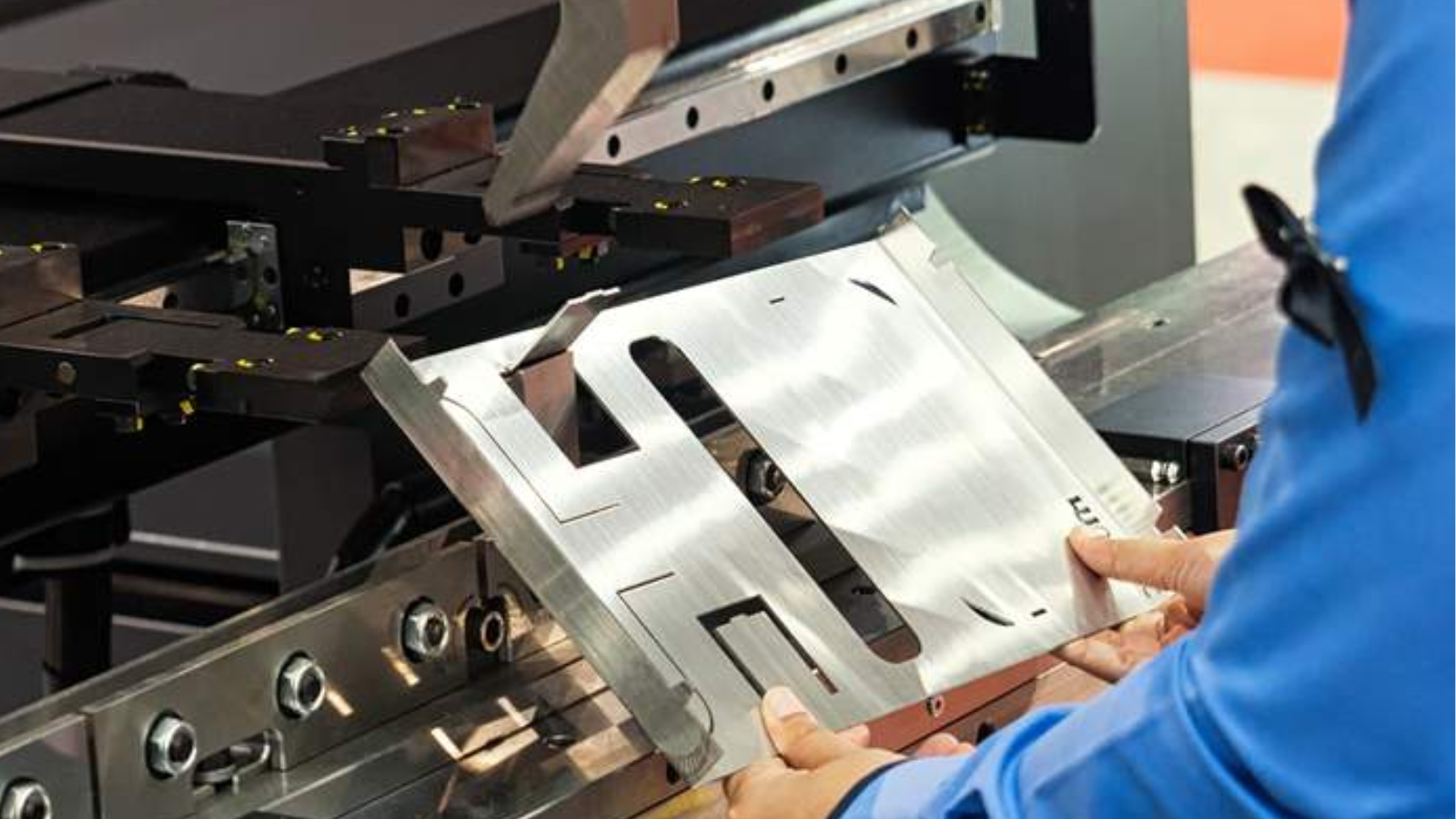
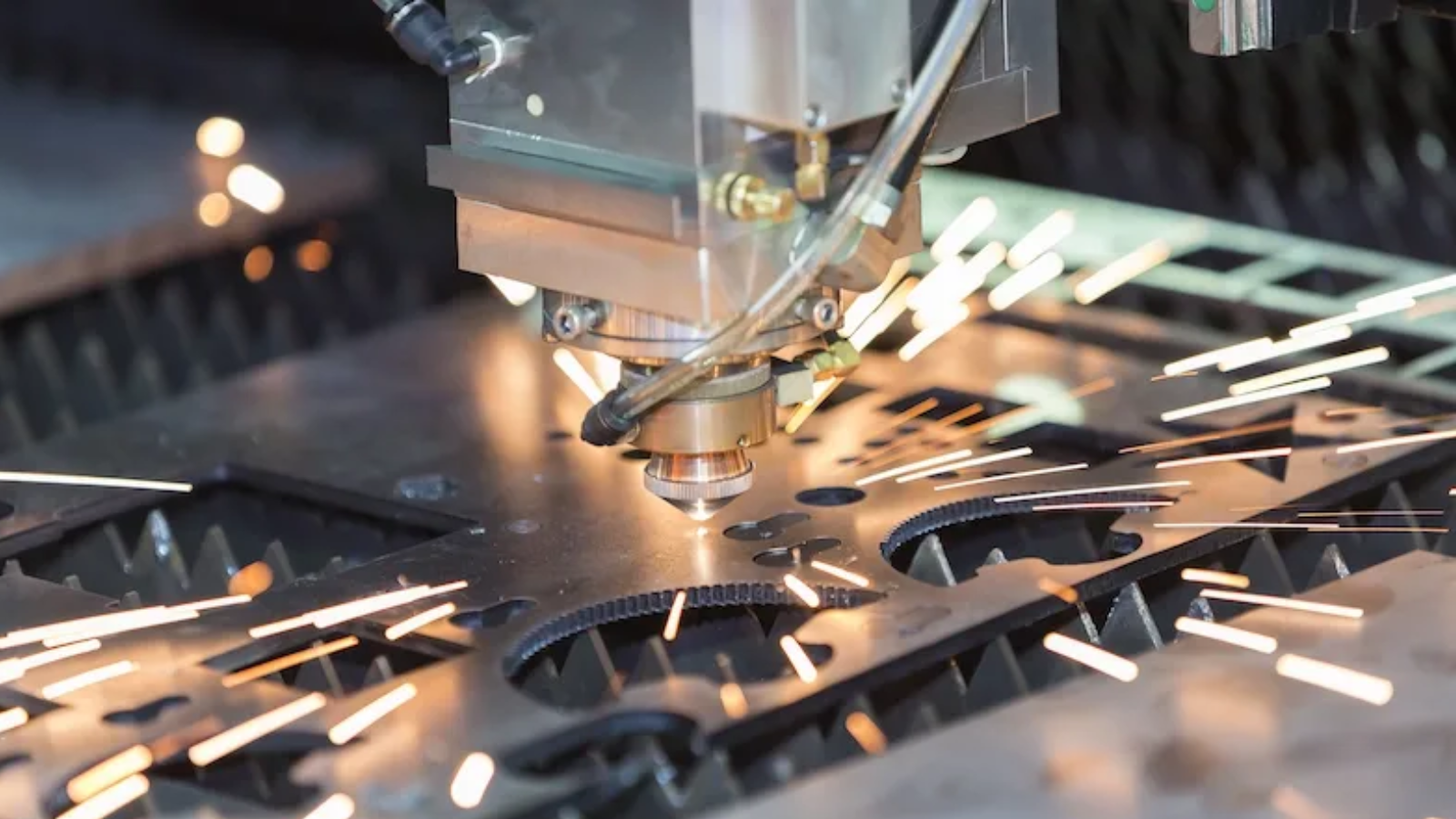
Metal bending transforms flat sheets into 3D shapes through precision force application, using advanced machinery to enforce bends at designated angles. At Futai manufactuer, our process leverages high-tonnage equipment, capable of exerting up to 200 tons, to handle materials with a length of up to 3200mm. Each bend is executed with an exact mold ranging from R3 to R50, ensuring accuracy with a machining tolerance of ± 0.1mm, suitable for various applications from machinery components to custom furniture.
To truly appreciate the sophistication of our operations, we invite you to watch a video tour of our facility.
700+
Sets of Machine
120+
Countries Shipped
20,000+
Customers Served
Advantages of Bending Manufacturing
Metal bending manufacturing is integral across multiple sectors due to its distinct advantages:
- Cost Efficiency: Metal bending reduces the need for multiple parts and welds, minimizing labor and material costs. By simplifying designs into single, continuous pieces, it helps reduce assembly time and overall project expenses.
- Enhanced Strength: Bending metal increases its strength along the bend, making the finished parts more durable and capable of withstanding greater loads. This intrinsic reinforcement allows for lighter and thinner constructions without compromising structural integrity.
- Precision and Flexibility: Advanced CNC bending technology provides high precision and repeatability, ensuring each part meets exact specifications. The versatility in bending various metals like aluminum, steel, and copper allows for broad application across different projects, from industrial machinery to custom automotive components.
- Aesthetic Improvement: Metal bending techniques can produce clean, attractive lines and curves that enhance the aesthetic appeal of parts. This is particularly beneficial in visible components, such as fixtures and furniture, where appearance is as crucial as functionality.
- Rapid Production: The speed of CNC bending processes significantly shortens production cycles, enabling faster turnaround times from design to completion. This rapid production capability is ideal for industries requiring quick responses to market demands.
Applications of Bent Metal Parts
Bent metal parts serve a multitude of purposes, transforming sheets into durable, functional components with a wide range of applications:
- Enclosures and Casings:Custom bent enclosures house everything from electronics to industrial machinery, offering protection and support while maintaining accessibility and aesthetics.
- Brackets and Mounts:Precision bending creates sturdy brackets and mounts used in mounting systems, which are essential for securing components in both commercial and residential settings.
- Panels and Doors:From aesthetic architectural panels to functional doors and barriers, bending metal provides the necessary customization to fit specific dimensions and designs.
- Frames and Beams: Structural frames and beams benefit from the rigidity and strength that metal bending imparts, essential for supporting structures in construction and automotive frameworks.
- Complex Geometries:Advanced CNC bending technology allows for the creation of components with complex geometries, which are crucial for modern designs and applications requiring high precision and unique shapes.
FAQs
The bending process is a fundamental method in metal fabrication that involves deforming metal into a desired shape by applying force, typically through a press brake or similar machine. This process allows for the precise forming of metal along a straight line to create V, U, or channel shapes in sheet metal. The technology employed can vary from manual methods to advanced CNC (Computer Numerical Control) systems, which offer enhanced precision and repeatability.
During bending, a piece of sheet metal is placed between a punch and a die set. The punch forces the metal into the die cavity, bending it to conform to the die’s shape. Key parameters in this process include the bend angle, radius, and the bending force applied, which can be adjusted to manipulate the metal’s final form without altering its thickness significantly.
This manufacturing technique is widely used due to its ability to produce strong, functional parts efficiently. Applications range from creating small components like brackets to large architectural features. With advancements in CNC technology, complex and highly accurate bending tasks are now more achievable than ever, allowing for greater design flexibility and faster production cycles.
Choosing between bending and welding depends on the specific requirements of a project, including strength, aesthetics, production speed, and cost. Bending is often favored for its ability to create clean, continuous lines without seams or joints, which can enhance both the structural integrity and visual appeal of a part. This method is also typically faster and more cost-effective than welding, as it reduces the need for additional materials like fillers and does not require the energy costs associated with welding equipment.
On the other hand, welding is indispensable when complex shapes or sizes, which are beyond the capabilities of bending techniques, are required. It allows for the joining of different materials and the construction of frameworks that bending alone cannot achieve. Welding also provides the strength needed for demanding applications, such as in heavy industrial machinery and structural engineering.
The typical lead time for producing bent sheet metal parts can vary significantly depending on several factors including the complexity of the parts, the volume of the order, the type of metal being used, and the current workload of the manufacturing facility. Generally, simpler bending operations with standard materials can be completed relatively quickly, often within a few days. For standard orders with straightforward specifications, RapidDirect provides a turnaround time from 3 to 5 business days.
However, for more complex parts that require multiple bends, special materials, or finishes, the process can take longer. Projects that necessitate custom tooling or extensive pre-production design work can extend lead times further, potentially to several weeks. Additionally, the efficiency of the CNC bending equipment and the capacity of the manufacturing system play critical roles in determining the speed of production.
RapidDirect can offer expedited services at an additional cost for projects that require a faster turnaround. Communication with the service provider early in the design process can help ensure that timelines are met and that any potential delays are managed effectively.
The tolerance of bent parts refers to the acceptable deviation from the specified dimensions that can occur during the bending process. These tolerances are critical in ensuring that the parts fit properly in their intended assembly and perform their function as expected.
For standard sheet metal bending, tolerances typically range from ±0.1 mm to ±0.5 mm. However, the specific tolerances can vary based on several factors including the type of metal, the thickness of the sheet, and the complexity of the part design. Thinner metals may exhibit greater variability due to their increased flexibility and susceptibility to springback—a phenomenon where the metal tries to return to its original shape after bending.
Advanced CNC bending machines can achieve very precise tolerances by precisely controlling the angle and position of the bend. For critical applications requiring extremely high precision, such as in aerospace or medical devices, tolerances might be even tighter, often within the range of ±0.01 mm to ±0.1 mm.
Futai will carefully consider the bending method and tooling to match the required tolerances for the application, ensuring optimal performance and fit of the bent parts.

01 Design Overview
First, we take a close look at your design. This helps us spot any potential issues early on and ensures we have a clear plan before moving to the next stage, making the parts manufacturing and assembly smoother and more efficient.

02 Part Preparation
Before coming together, every part is cleaned and inspected. By removing rough spots and verifying fit, we set the groundwork for a seamless assembly.

03 Assembly

04 Packaging & Delivery
Once complete, we pack your product with care, prioritizing its safety. We aim for prompt deliveries, getting your assembled item to you on schedule and in pristine condition.
Assembly Methods for Parts
————————
Solid Strategy aligned with business needs and robust data analysis are fundamental ingredients to extract actionable insights.

Manual Assembly
Our skilled hands piece together components accurately. Ideal for projects needing a personal touch or detailed craftsmanship.

Molding Assembly
We use molding techniques to integrate parts, either by adding an outer layer (overmolding) or embedding components (insert molding) for robust integration.

Mechanical Assembly
Physical methods like riveting, welding, and screwing ensure parts are firmly joined, providing durable and long-lasting connections.
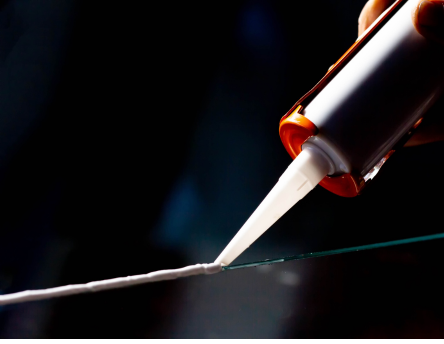
Adhesive Assembly
Using strong glues, we bond parts together, resulting in a clean and firm joint without visible fasteners or marks.
Assembly Methods for Parts
————————
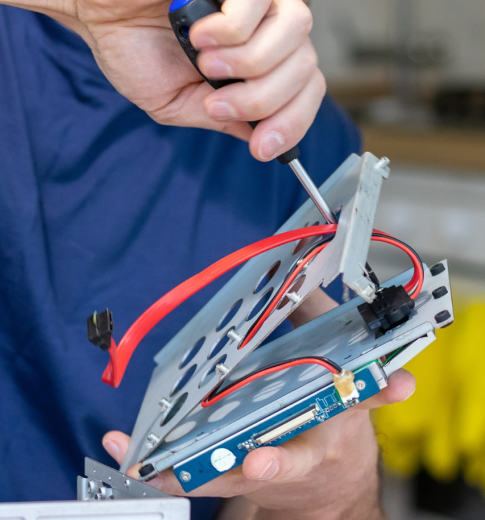
We address a wide range of part assembly needs. Whether it’s steel structures, metal parts, or specialized equipment, we have the expertise to bring your project to life with accuracy and care.
- Structural steel assembly
- Metal parts assembly
- Plastic products assembly
- Proprietary equipment assembly
- Electrical assemblies
- Implant tools and tooling
Specialist Industries
————————————
Aerospace
Automotive
Automation
Medical Devices

Robotics

